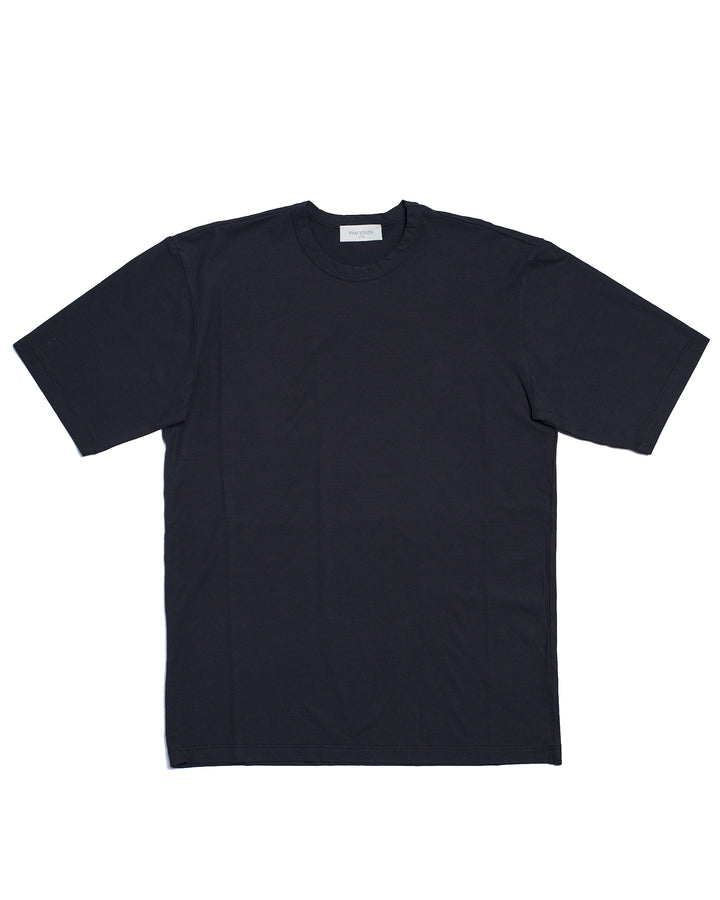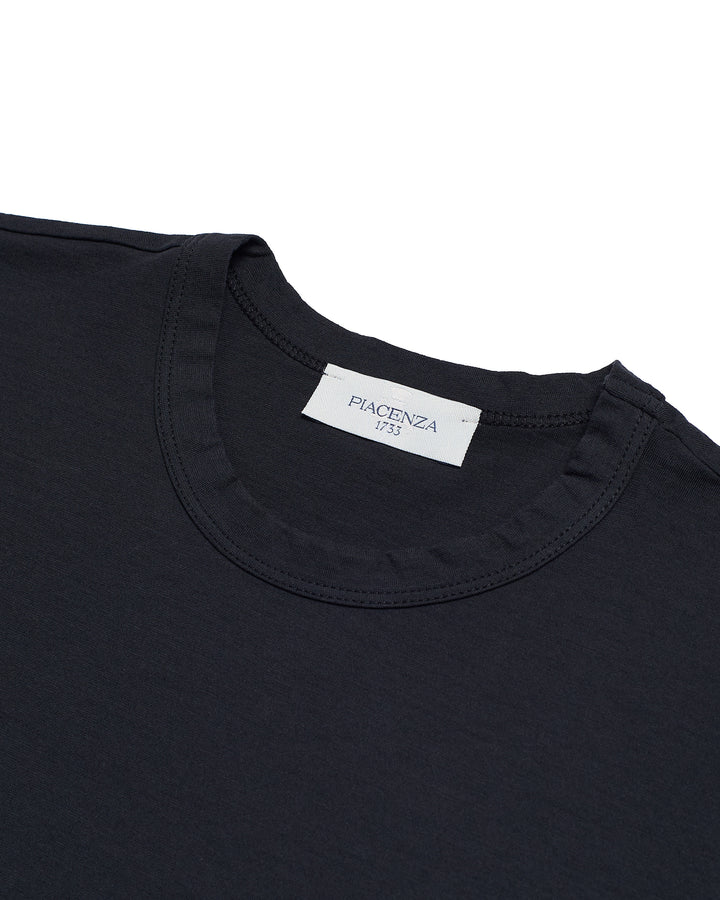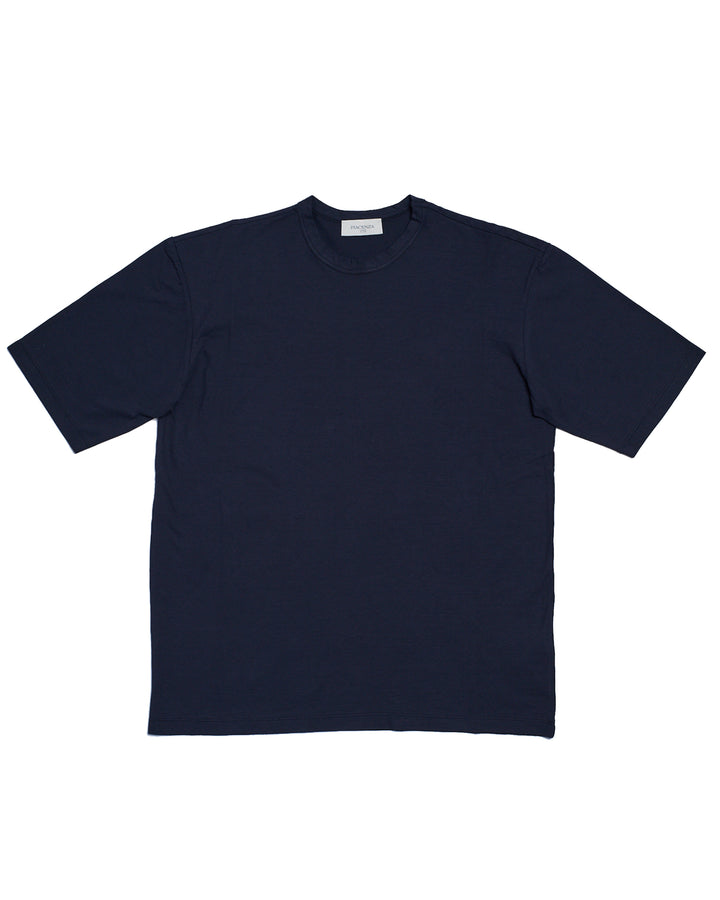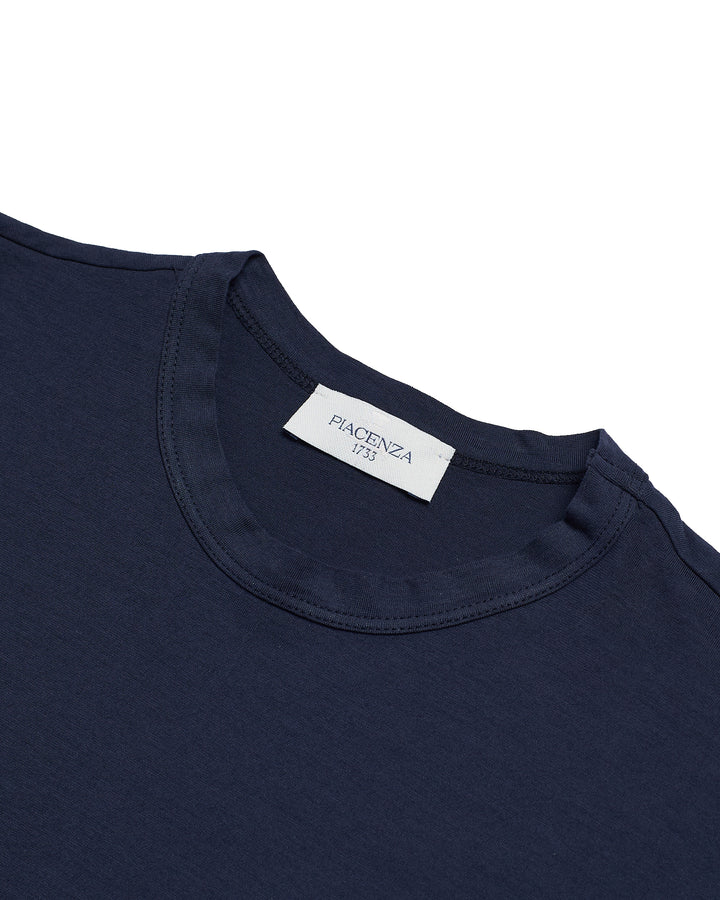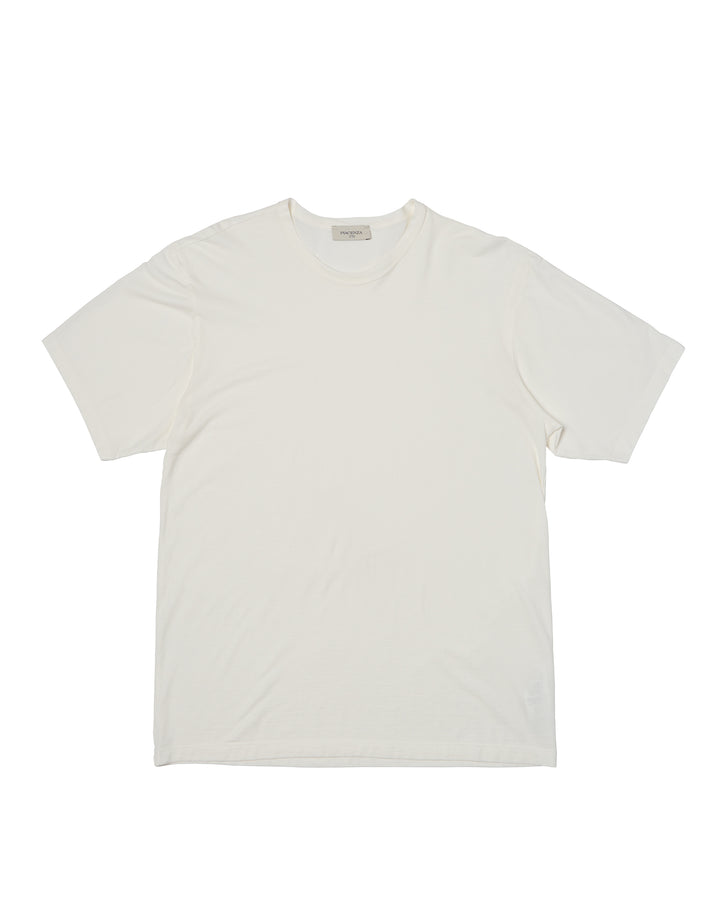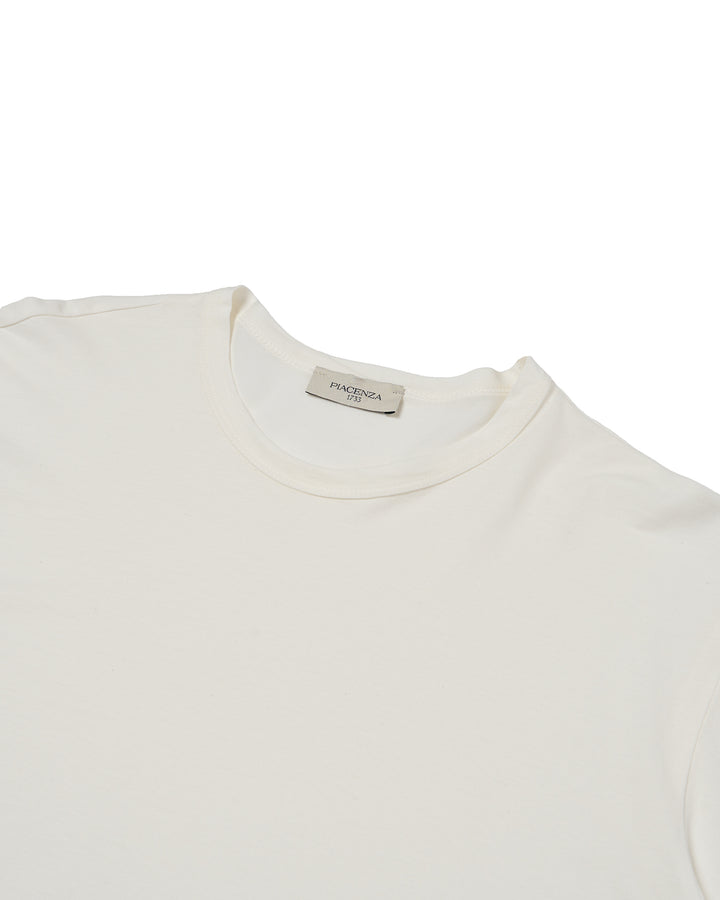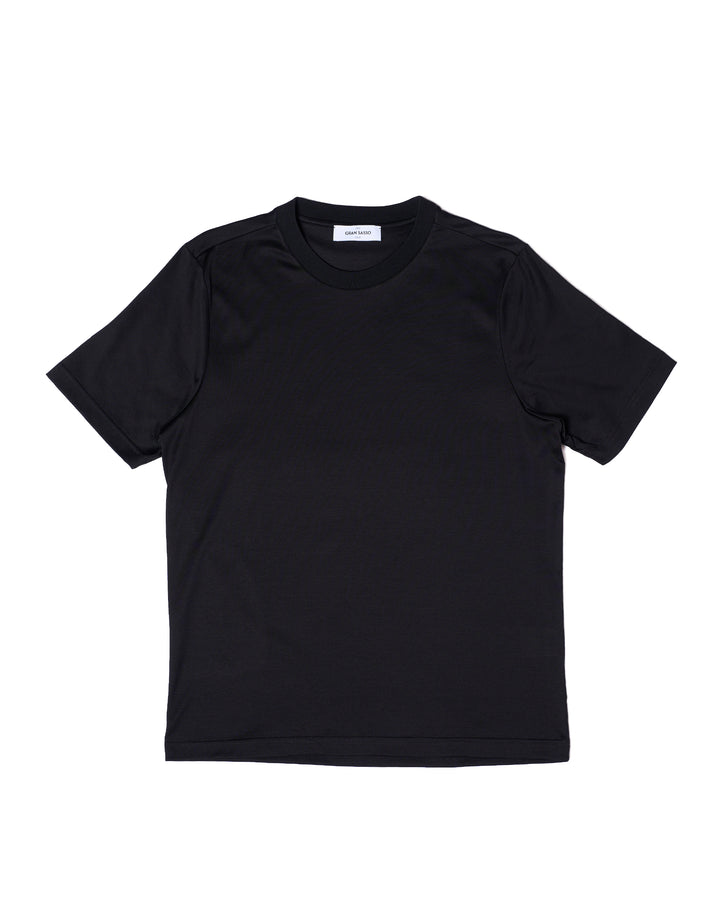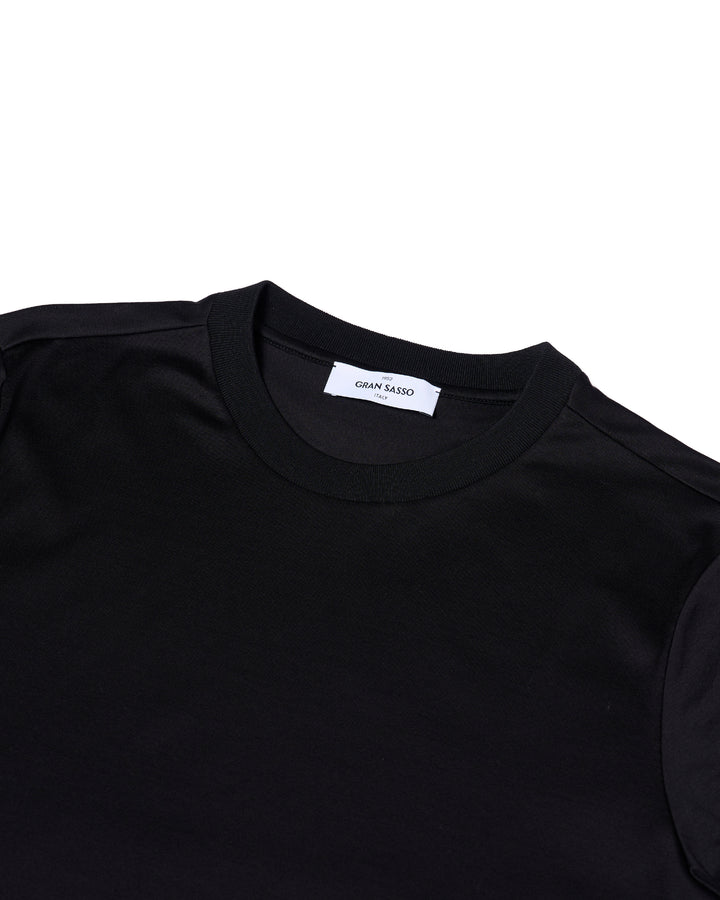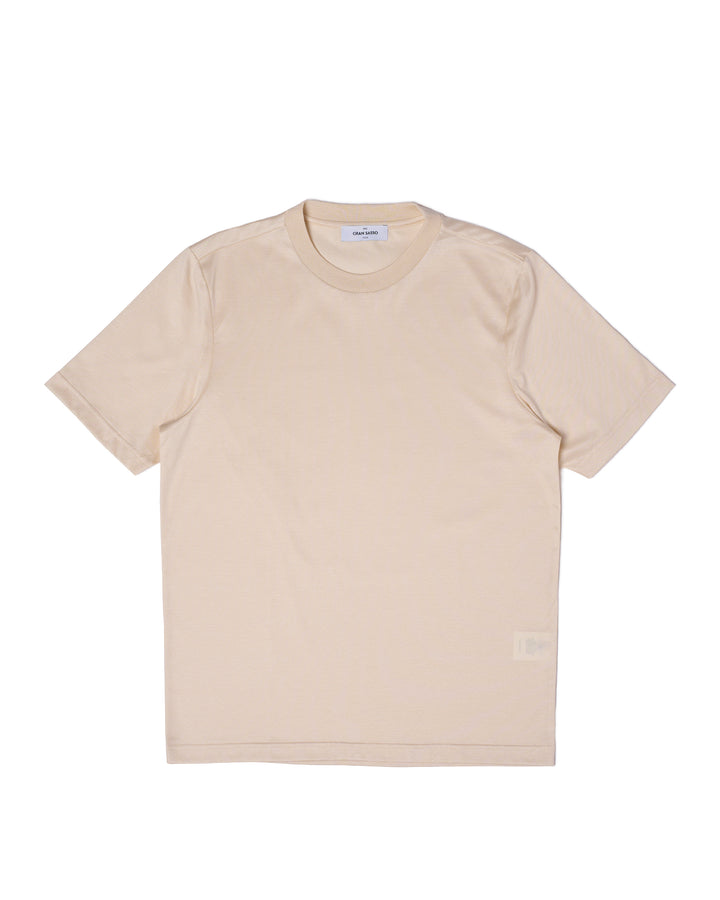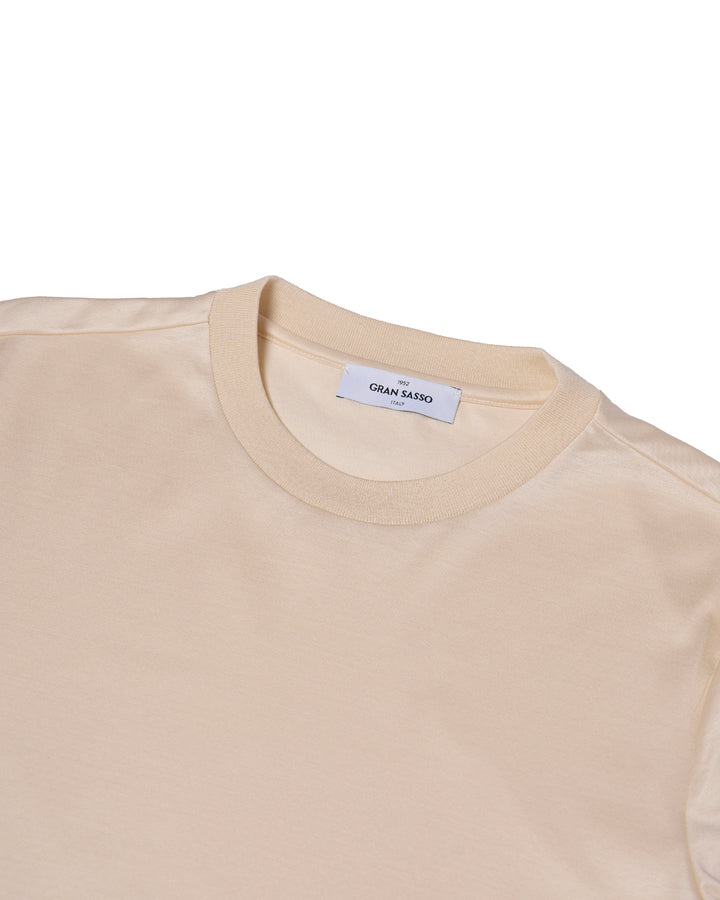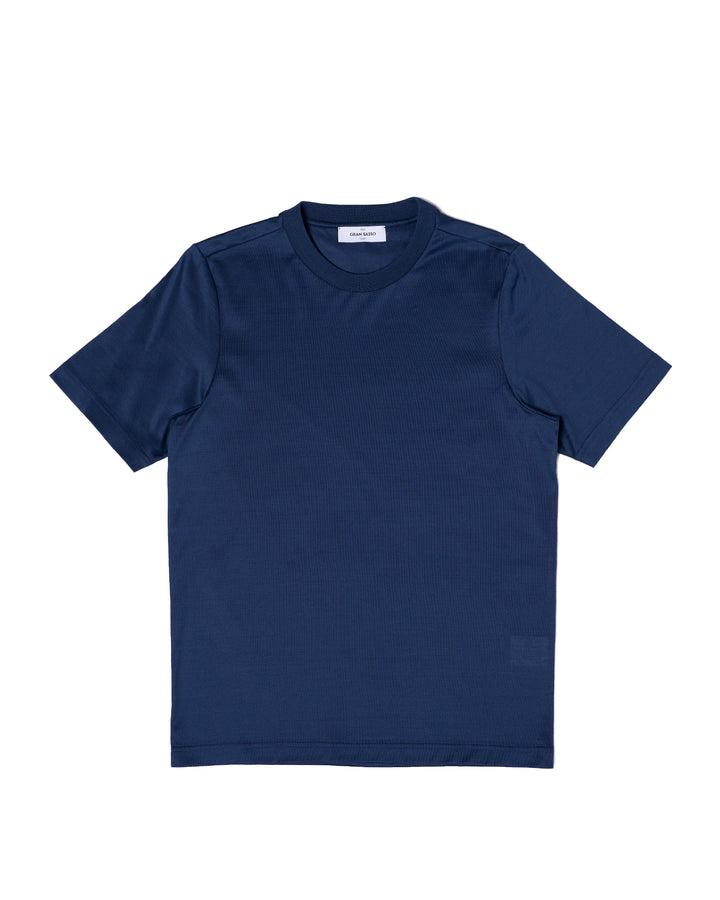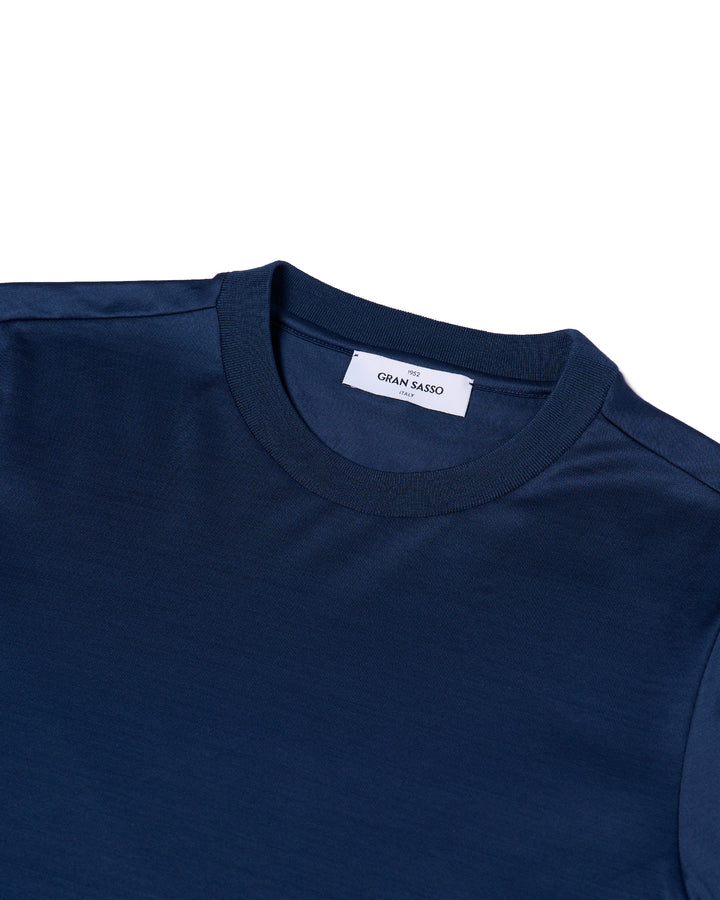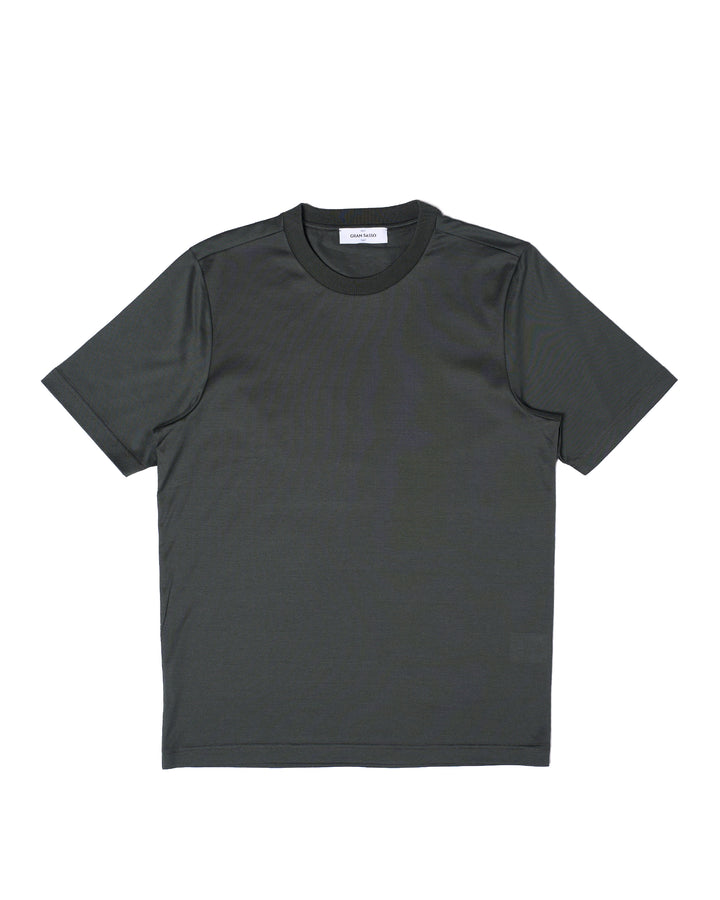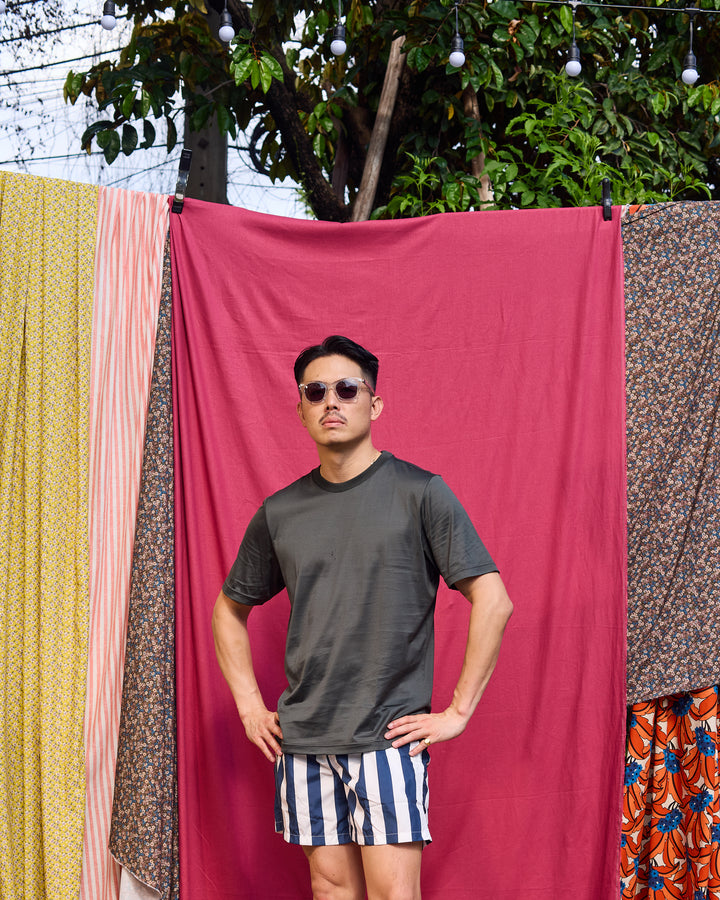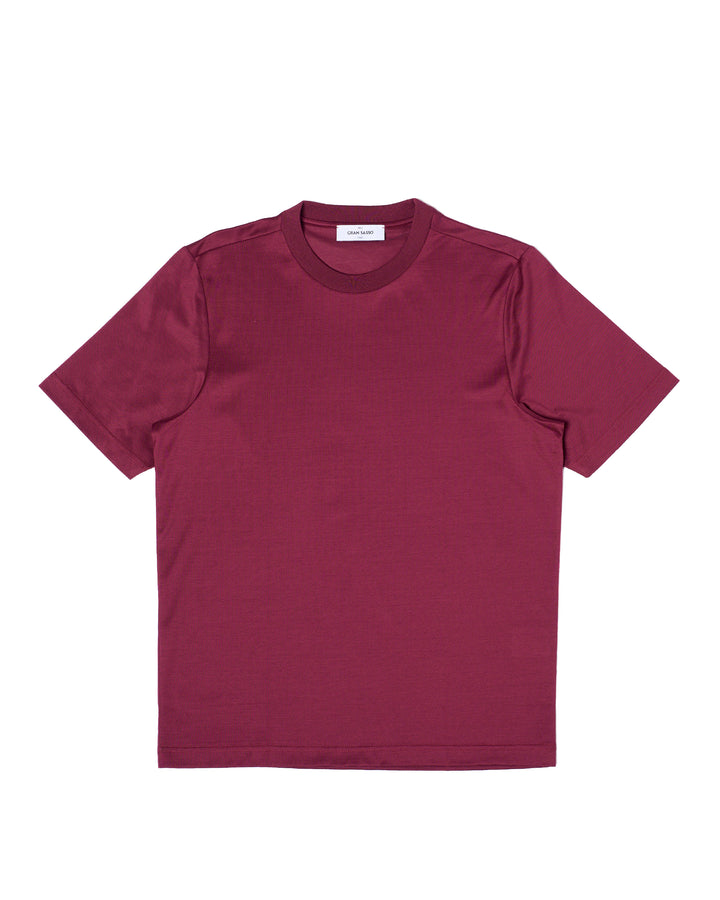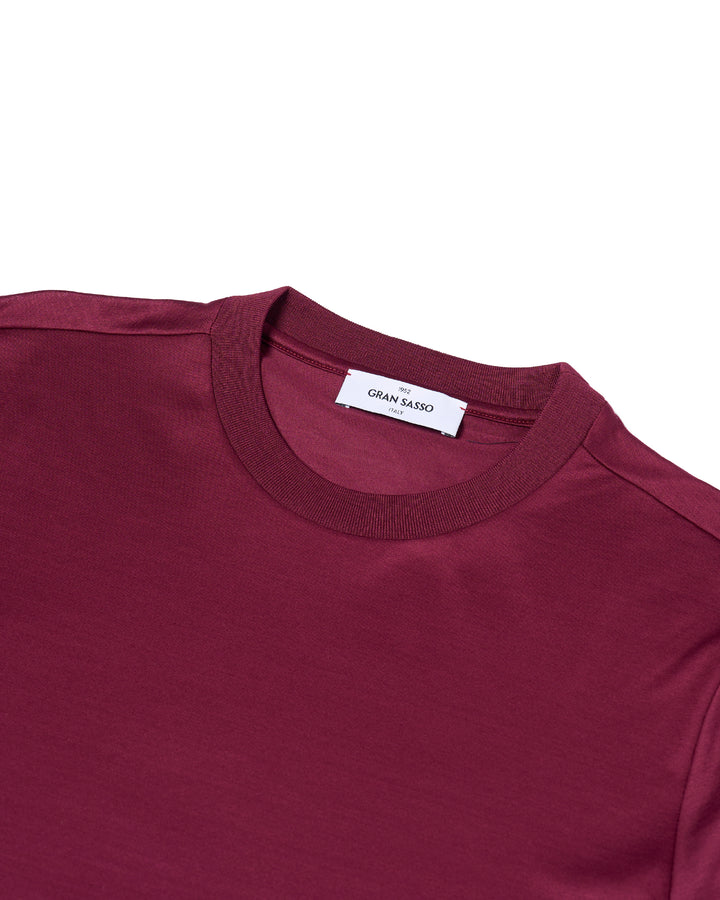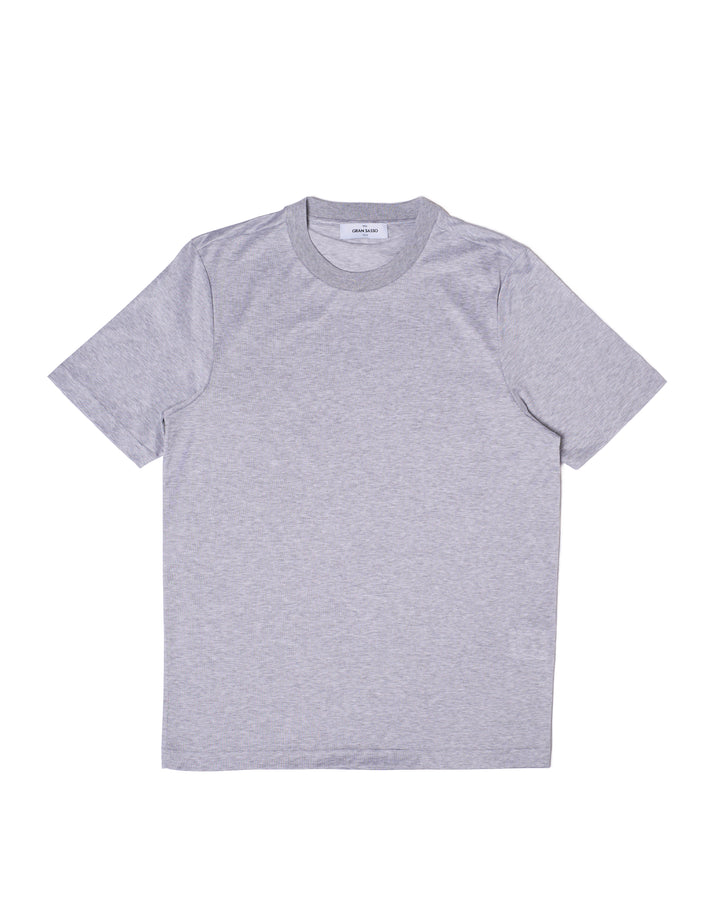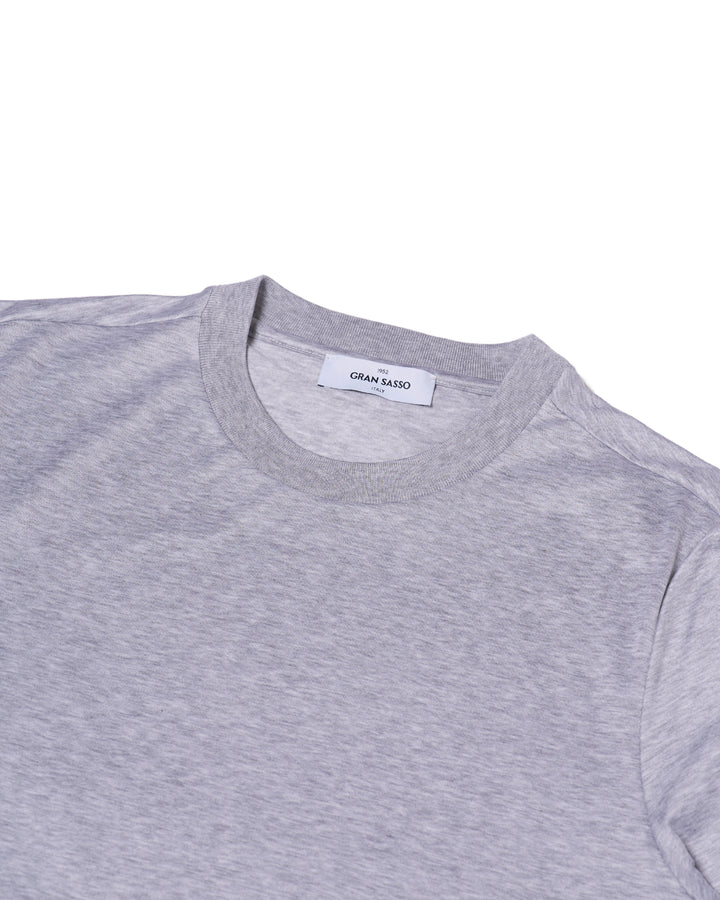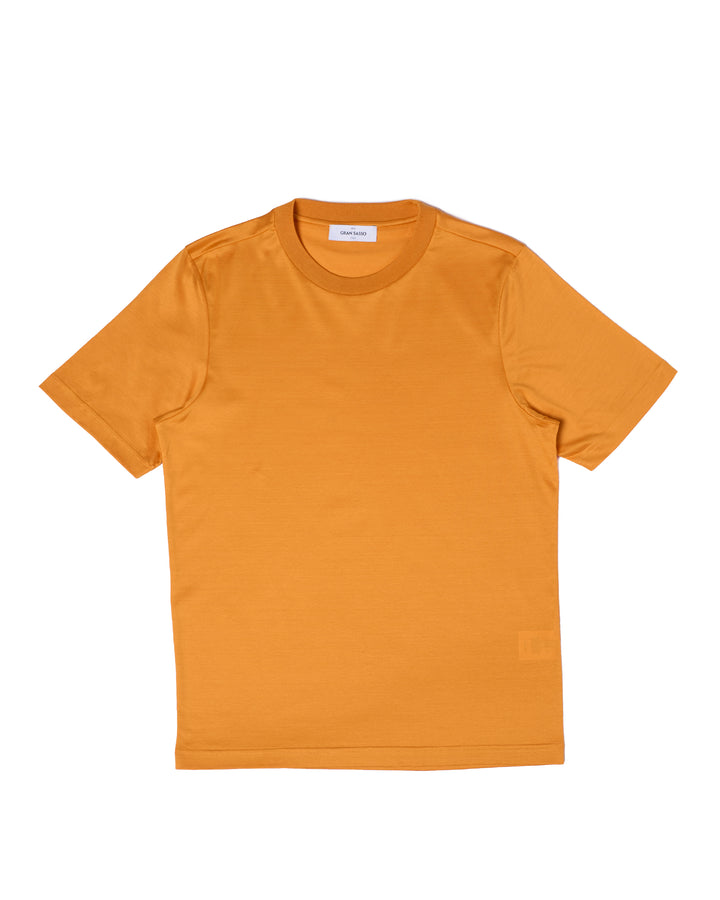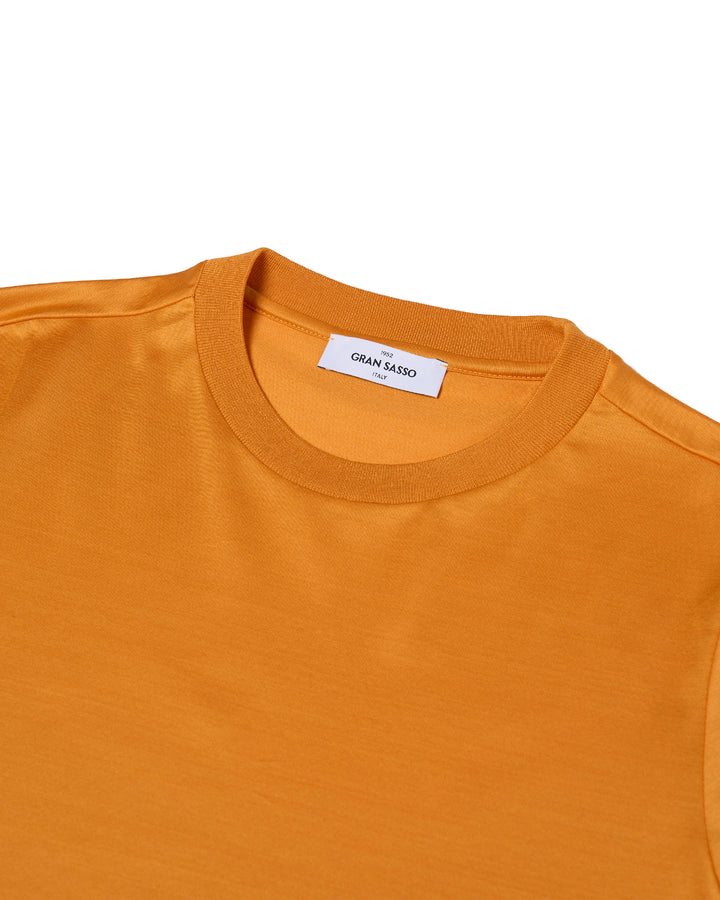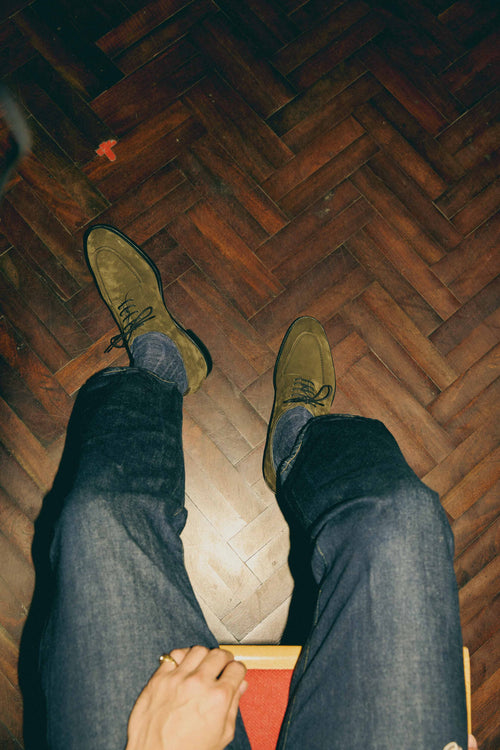What set Edward Green apart
The quality of a shoe starts with the quality of its components, giving an Edward Green shoe its signature antiqued patina. The soles are oak bark tanned for nine months imbuing an unrivalled comfort & durability.
And for us ‘craftsmanship’ is more than a slogan. It's the mastery of techniques passed through the generations, ensuring each shoe is made to the same exacting standards. From the hand cutting of the calfskin to the bevelling of the waist, it may take more time and it may take more effort but it’s this commitment to meticulous detailing that makes for a shoe of real quality and character.


LEATHER
We only use the finest Italian calf-skins. For coloured (non-black) skins we use natural burnishing calf. This means that the leather is only ‘finished’ when its properly burnished and hand-polished at the end of manufacture. The result is a much ‘deeper’ quality to the leather. The grain is much more apparent than with an artificially ‘corrected grain’ leather.
But this approach demands finer skins, more wastage and more careful handling - such as hand-cutting the leather.
CRAFTS
Our shoes are made typically made with a far greater hand component than many other English shoes. The leather is hand-cut. Where machines are employed they tend to be used with a higher degree of individual input & control.
FIT
Over the years our lasts have been refined to provide rarely matched comfort. We place great emphasis on the importance of fit and make shoes to order in a full spectrum of widths and half-sizes.
STAGES OF SHOEMAKING
Clicking
Leather cutting is known as ‘clicking’ because of the sound of the knife at work. Each knife is fashioned by the shoe-clicker from a piece of saw blade.
We still hand-click our shoes because the calf-skin we use is ‘uncorrected.’ Cutting by eye ensures the quality of each part. Unlike many other companies we do not pay bonuses for getting more shoes out of a single skin. Our only target is quality.
The clicker works from a pattern, ensuring that every piece is correctly sized and ready for sewing.
Closing
Sewing the upper and lining is known as ‘closing’. When the upper leaves the closing room it’s ready to be lasted.
Hand-sewing
Some shoes are still hand-sewn using a pig’s bristle needle. This is mainly for ‘Norwegian aprons’ running in a horse-shoe around the upper. A pig’s bristle needle is more flexible than metal and so can arc through the leather. The thread is entwinned with the bristle and does not double up, allowing a smaller incision in the leather.
Lasting
The shoe takes its shape when the upper is pulled over the last - a wooden block.
The last gives the shoe its character - round, pointed or chiselled.
We use old machines for lasting. They require greater human input than many modern machines but allow us to achieve our signature narrow waists.
The shoes are left to dry out for three weeks. We use wooden lasts as they absorb moisture.

Goodyear - welt
Goodyear construction is synonymous with English -as opposed to Italian - shoemaking. It was invented in 1869 by Charles Goodyear, Jr in the USA.
It involves attaching the sole to the upper with the use of a welt - a thin band of leather running around the base of the shoe. This provides a durable construction, allowing the shoe to be easily and repeatedly repaired.
The space between the sole, welt and upper is filed with a cork resin. This provides a breathable midsole which forms to the wearer’s foot.
Channel closing
A channel is cut into the sole at a 45o angle to allow for the sole to be stitched to the welt.
Unlike many other shoe manufacturers, we close this channel to ensure a refined finish.
Finishing
The heels are nailed on by hand using a singnature 9 nail pattern. The soles edges are cut, waxed and inked.
Polishing
Polishing is always important for shoes. Especially so for a pair of Edward Greens made of natural burnishing calf skin. This is the stage at which the leather comes alive.
The shoe is polished, burnished and antiqued to give it the depth and patina for which Edward Greens are known.


